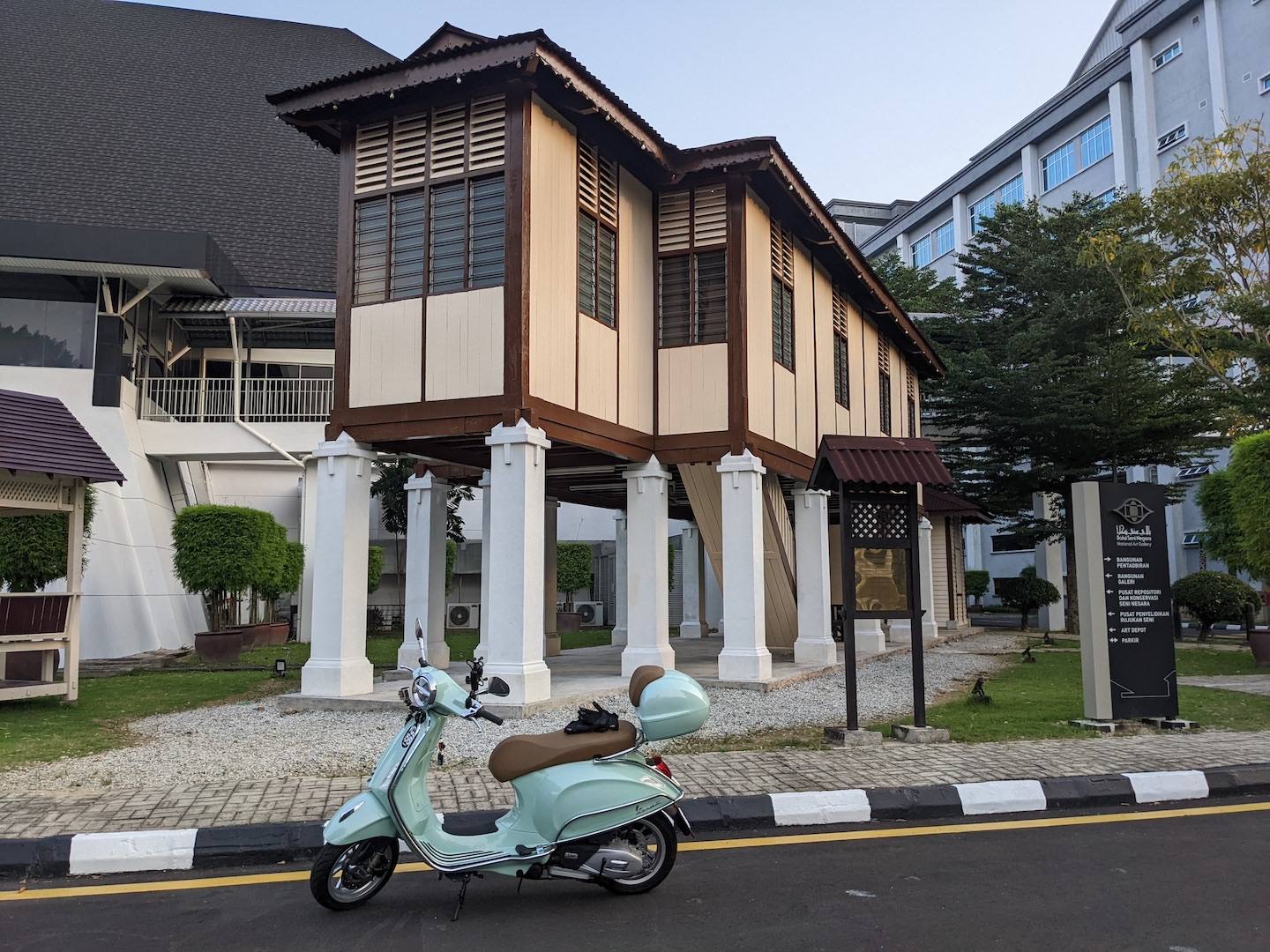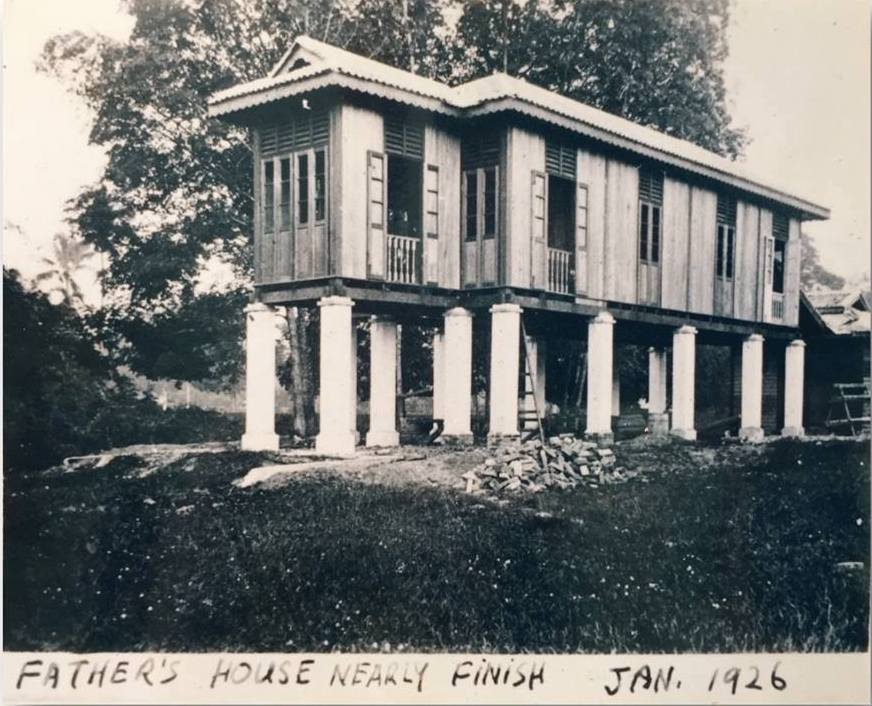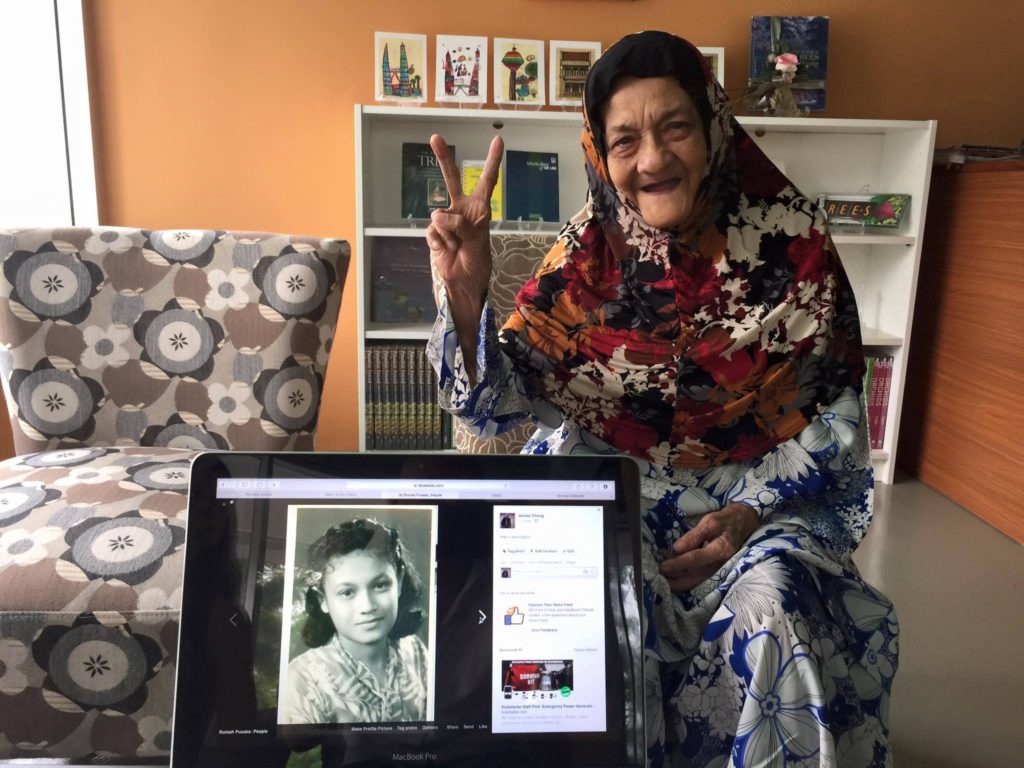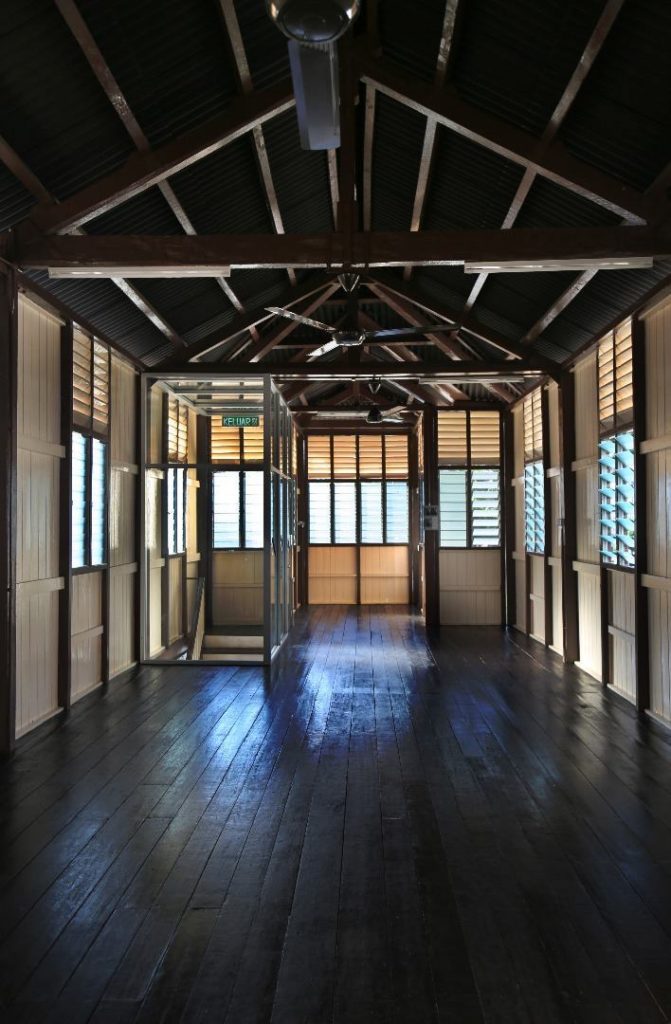
If I had money, I will stand my ground; I will defend this house – Normah binti Manjawali
In this “My Scooter Sunday”, I continue to build on my basic route from Petaling Jaya to Kuala Lumpur. I head out onto Jalan Tun Razak to my final destination at Jalan Temerloh. I have now mounted an action camera (GoPro) on JuJu (my Vespa Primavera) to capture the scenes from my rides.
Today, I swing with JuJu to my playlist with “L-O-V-E” (1964) by Nat King Cole, and “Cheek to Cheek” (1935) by Louis Armstrong, and Ella Fitzgerald: ”Heaven, I’m in heaven, And my heart beat so I can hardly speak, And I seem to find the happiness I seek, When we’re out together dancing, cheek to cheek.”
Born in the 1830’s, Sutan Mangatas migrated from Sumatera to Malaya when he was eight. He made his maiden voyage with his uncle, Sutan Puasa, one of the founders of Kuala Lumpur. Sutan Puasa was a wealthy man with many general and tin mining interests in Kuala Lumpur and Selangor (Azmi A. Aziz, 2020).
Sutan Mangatas had two wives; Maimunah with whom he had three sons, and Bedah, with whom he had eight children. Having inherited land and farms from his uncle Sutan Puasa, Sutan Mangatas did not have to work for a living.
Using skilled Chinese migrant contractors, in 1926, Sutan Mangatas built a two-storey Malay wooden house, of Perakian design, with a Dutch gabled roof at 41, Jalan Chow Kit. Actively involved in the construction process, Sutan Mangatas would visit the construction site every day, and in some instances, stay at the site to prevent people from pilfering (Azmi A. Aziz, 2020).

When he passed away in 1949, it is believed that Sutan Mangatas was 111 years old. Upon his death, his second wife, Bedah, inherited both his houses, i.e., at Jalan Pahang, and 41, Jalan Chow Kit. And later, their eldest daughter, Sariah, inherited 41, Jalan Chow Kit.
Sariah was born on 25th February 1913, and she married her cousin, Majawali, who ran a vegetable stall in Central Market. Together, they had two daughters, Noraini, and Normah.
Normah binti Manjawali was born on 19th May 1932. She went to Malay and English schools in Chow Kit, and later worked on Batu Road (now Jalan Tuanku Abdul Rahman) as a postal clerk. Upon marriage, she moved to their own home with her husband, Mohd. Salleh Abdul Wahid, who was a technician with Telekom. Together they had four children. When he passed away, she returned to 41, Jalan Chow Kit, which she had inherited from her mother, Sariah.

Like everything else, Chow Kit had also changed. The dirt roads and kampong (village) style houses had given way to tar roads and multi-storey shop houses. And 41, Jalan Chow Kit was the only house left standing among a collection of tall buildings.
In 2007, 41 Jalan Chow Kit, got the attention of Filmmaker Fatulrahman Ghazali. He made a beautiful documentary called the “Rumah Degil”, or the “Stubborn House”, about Nenek Normah (Grandma Normah) and her house (Fatulrahman Ghazali, 2007).
Talking about what grabbed his attention, Fatulrahman said, “I am always interested in the subject of imbalance. Every day, I pass by Chow Kit to go to my office in Bukit Tunku, and one day I noticed this treasure with a cramped look; I knew that someone very important, or at least someone interesting, had to live there”.

In the documentary, Nenek Normah said, “There are so many tall buildings, and the roads before used to be kampong (village) roads. People don’t realise it, but when they go to the market, they say, there is a house there, and it is a beautiful house” (Fatulrahman Ghazali, 2007).

And talking about her time in the house, she said, “I am happy here; it is peaceful. Nobody disturbs me. I have lived my whole life in this little house. And the memories are plentiful; from when I was small to when I was big, and till I gave birth.”
As for the pressures to sell, Nenek Normah answered, ”I feel sad to leave this house. I love this house; I have been here for 75 years. The prices have been high for the past five years; the Chinese Towkay (boss) next door has been offering RM2 million, and now it is worth more”.
“It is not that I cannot move, but there are lots of things, like plates, cups, pots, and they are old things, not new things. The new things do not matter. I have three types of sewing machines; I even have a hand sewing machine, and that is my sewing machine.”
”Before the house received heritage status, the assessment fee was RM252, and the quit rent was RM700. Pensioners like me cannot find that kind of money”. And she added, “But if I had money, I will stand my ground; I will defend this house.”

Because of her ailing health, in 2009, Nenek Normah moved to Putrajaya to live with her daughter. Six years later, in 2013, the house was sold as no one lived there any longer. And the decision to sell was made by her beneficiaries, not by her.
In 2013, architect KC Tan visited 41, Jalan Chow Kit with the intention of designing a new building in its place. But he was intrigued by the house, and he started an effort to save and preserve the house. In 2015, after many discussions, the home was disassembled with the intention that it would be reassembled when an appropriate site was found.
To cut a long story short, in 2018, the Malaysia Heritage Department acquired the house, with the intention to restore and reconstruct it in the grounds of the National Art Gallery on Jalan Temerloh. Reassembly of the house began in February 2018, and was completed in November of the same year. The house is visible from Jalan Tun Razak.

In 2019, after 41, Jalan Chow Kit found its new grounds, Nenek Normah passed away. Riding past the “Stubborn House” at its new location, I wondered how she felt about the move? Did she feel she had defended her house well?
Since he knew her well, I asked Fatulrahman for his opinion: ”When we first showed Nenek Normah the pictures of the dismantled house, she was sad. But when we explained the plan for the house, she looked at me and said, “We did it!” Believe me, if Nenek Normah was in good shape, and well-funded, she will stand by what she believes in”.
I believe Nenek Normah loved her house, and she defended it the best she could; and the people, and the powers that be, reciprocated her love, and defended it with her. As an elderly person, my mother understood Nenek Normah’s predicament. She said, “Because of her poor health, she had to leave her house, which eventually led to its sale. So, she defended her house as long as she could, and when she could not, a team of people defended it for her. She was blessed with good luck”.
Today, I finish “My Scooter Sunday” by making a U-turn on Jalan Tun Razak and heading back to Petaling Jaya via the Federal Highway. The roundtrip is 30 km, and one-hour long. But what I enjoyed most was Nenek Normah’s mighty spirit, and riding my scooter like I was in heaven.
Scootin’ off for now!
(Azim. A. Aziz, 2020) The Malay House at 41 Chow Kit Road: Relocated To The National Art Gallery of Kuala Lumpur.
(Fatulrahman Ghazali, 2007). A Documentary on the “Rumah Degil”.

15 comments on “The “Stubborn House” (Rumah Degil)”
You write very well, May. Although it was not a thriller with suspense, I was gripped into reading every word right till the end.
And yes, I will surely be on the lookout for Rumah Degil the next time I pass by that area.
Congrats dear. You have honed your writing skill very well. Very well indeed.
- Mr. N.J. Singam
Wow! Thank you for the lovely article, very descriptive and detailed. Love reading your articles. Thank you for the history lessons 👌😉😁
Interesting design. Do you know why they built on raised posts?
Hey there Ramu!
Terima Kasih (Thank you) for your feedback.The raised posts are referred to as stilts (if they are wooden),and the reason the house is built on posts is to avoid flooding.
I have been working near that area and never noticed the building. Fascinating article.
Hey Rema!
Terima Kasih for your feedback!
Thank you, Elizabeth!
Thank you, Param Uncle!
Definitely a riveting read. The characters seemed to come alive through a thought provoking description- so well defined and pictureous.
Keep up the good quality of your works!
Thank you, Ambi!
May I did not understand your passion for this rumah degil . After reading your write I really feel for the lady. Must have been blessed in her own way . Glad u wrote about it we are learning some interesting history through u. Carry on this writing of yours with Juju
Wonderfully written and researched! I look forward to my morning (or early afternoon) my scooter Sunday read!
So enjoyed reading your story very much after returning home from church May. Well done. Keep it coming. Elisabeth
Thank you, Anand!
Love this post May.
Love how the heritage house was dismantled and reassembled so beautifully.
You really did some great research. Much appreciated.